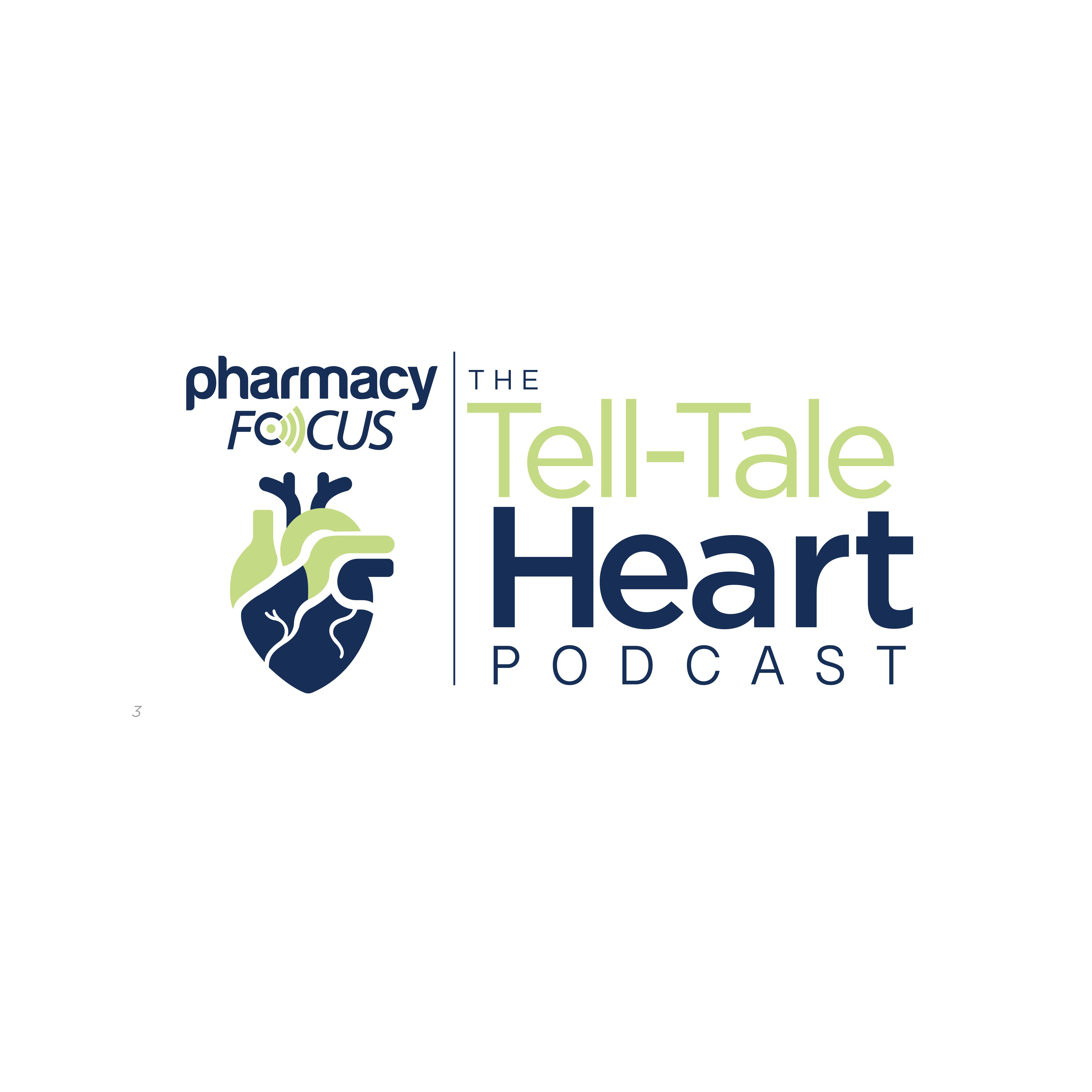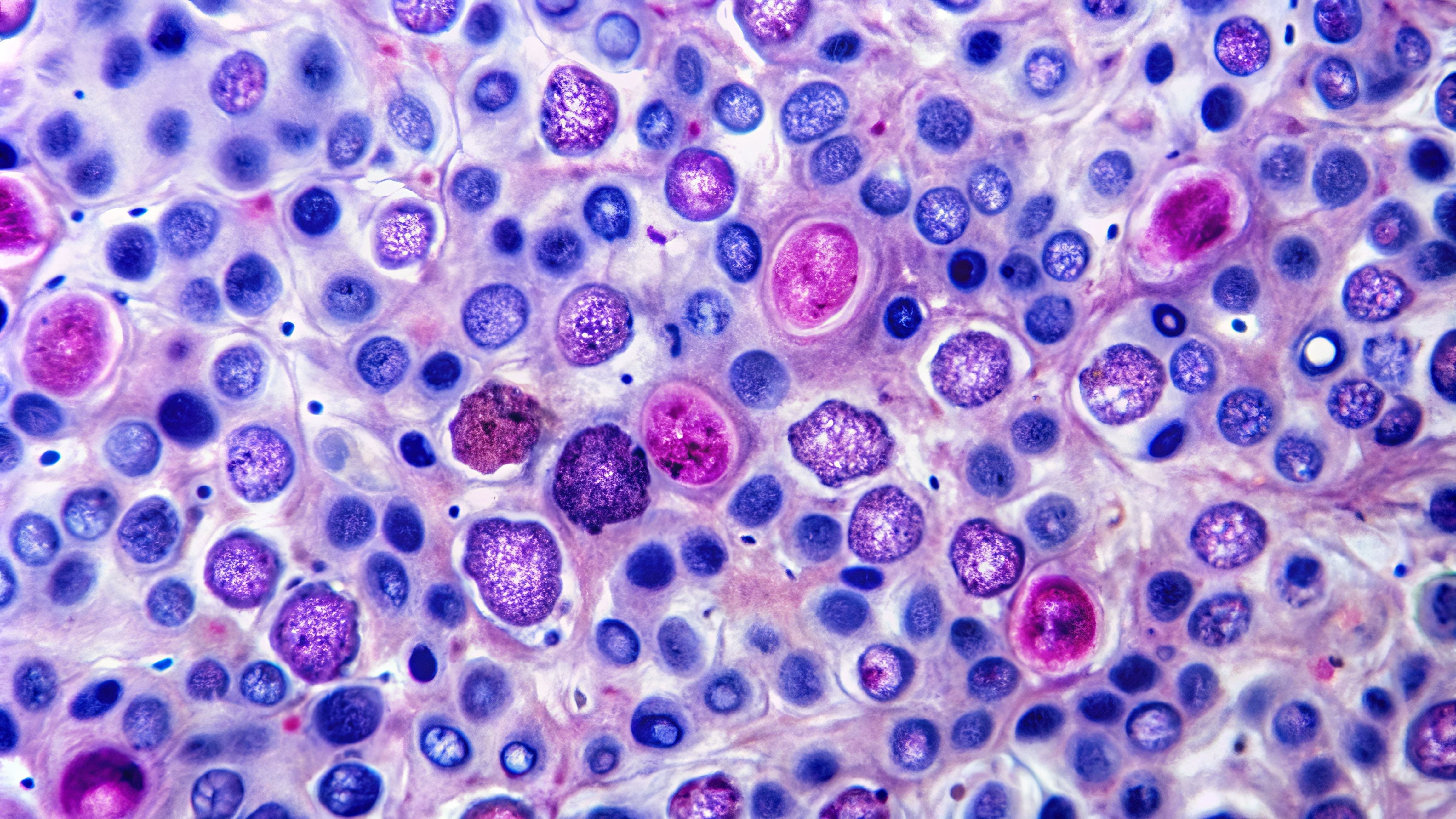News
Article
ASCO 2025: Zongertinib Shows Strong Potential in HER2-Mutant NSCLC Treatment Landscape
Fact checked by:
Key Takeaways
- Zongertinib demonstrates a 71% objective response rate and favorable safety profile in HER2-mutant NSCLC, with low rash and gastrointestinal toxicity rates.
- Anticipated FDA approval in late 2025 could position zongertinib as a second-line treatment option, offering a well-tolerated oral alternative to existing therapies.
Zongertinib shows promising efficacy and safety for HER2-mutant NSCLC, with a 71% response rate and low toxicity, paving the way for future treatments.
At the 2025 American Society of Clinical Oncology (ASCO) Annual Meeting, Joshua Sabari, MD, assistant professor of medicine and medical oncology at Perlmutter Cancer Center NYU Langone Health, presented data that examined the development of zongertinib (BI 1810631; Boehringer Ingelheim), a HER2-selective tyrosine kinase inhibitor (TKI) for the treatment of HER2-mutant advanced non–small cell lung cancer (NSCLC).

In this interview with Pharmacy Times®, Sabari shared that zongertinib demonstrated promising efficacy in the Beamion LUNG-1 study with a 71% objective response rate and a favorable safety profile, showing low rates of rash and gastrointestinal toxicity. Looking ahead, Sabari emphasized that pharmacists should prepare for a potential FDA approval in Q3 2025 and monitor the ongoing Beamion LUNG-2 phase 3 trial evaluating zongertinib in the frontline setting.
Pharmacy Times: Can you summarize the key efficacy and safety data for zongertinib presented at AACR and how the new patient-reported outcomes (PROs) from Beamion LUNG-1 build on those findings?
Joshua Sabari, MD: Zongertinib is a HER2-selective TKI, and it's an important therapeutic in patients with HER2 exon 20 insertion mutations. So, in the Beamion LUNG-1 study, we saw objective response rates of 71%.
We saw a progression-free survival of 12.4 months, and we saw a very good safety profile, so no significant rash, diarrhea, transaminitis, or any signs of interstitial lung disease.
And this is important for our patients because we have an antibody-drug conjugate (ADC) approved in the second-line setting and accelerated approval, trastuzumab, which has significant [adverse] effects, in my opinion, such as diarrhea, alopecia, and fatigue.
Pharmacy Times: Given the anticipated zongertinib PDUFA in Q3 of 2025, what are the most important considerations for pharmacists preparing to support patients who may soon have access to this therapy?
Sabari: Educating pharmacists on the mechanism of action is critical. It's an HER2-selective TKI. It spares epidermal growth factor receptor (EGFR). Understanding that it has a differentiated toxicity profile, so low rates of rash, but still educating patients on what to do if they have an acneiform rash and very low rates of gastrointestinal toxicity such as diarrhea. But again, educating patients that they do have diarrhea on how to manage the diarrhea.
Understanding dose is going to be critical. It's 120 mg PO daily, typically in 2 capsules once a day. And again, this differentiates from Enhertu, which is a HER2 ADC; it's an infusion agent once every 3 weeks.
Pharmacy Times: Were there any safety signals or adverse event profiles in Beamion LUNG-1 that pharmacists should be particularly aware of when counseling patients or managing adverse effects?
Sabari: With any HER2-directed therapies, we are always worried about GI [adverse] effects as well as cutaneous skin [adverse] effects.
It’s important to note that there were low grades of diarrhea, but not significant, so mostly grade 1 and grade 2. So zongertinib is a very well-tolerated oral tyrosine kinase inhibitor. It's HER2 selective, so we saw very low rates of rash and very low rates of diarrhea, so there are no grade 3 adverse events reported for these.
Pharmacy Times: How do you anticipate zongertinib’s potential FDA approval will influence treatment sequencing in HER2-mutant NSCLC, especially in relation to other targeted therapies or chemotherapy?
Sabari: The standard of care in the frontline setting for HER2 mutant lung cancer patients remains chemotherapy plus or minus immunotherapy, and a lot of our patients with HER2 mutations are never smokers, so oftentimes we're excluding immunotherapy in them. In the second-line setting, we currently have an accelerated approval for Enhertu, and I think now with the coming approval of zongertinib, this will be an oral option for patients that is better tolerated and less disruptive to their quality of life.
I would recommend considering zongertinib in the second-line setting in this population. And then also you'll have patients who were previously treated with Enhertu in the second line. We did see about 48% response rates in the prior HER2-ADC-treated patient population, so this could be utilized post-Enhertu as well.
Pharmacy Times: Could you discuss the value of incorporating patient-reported outcomes into oncology trials, particularly in a subtype like HER2-mutant NSCLC?
Sabari: Patient-reported outcomes are critical in understanding how patients tolerate therapies and what value patients derive from therapies. We talked a lot about the efficacy data, and once we look past the efficacy data, how patients are tolerating the medicines is going to be important, and how we discuss different therapeutic options. So, in the HER2 space historically we've seen very high rates of diarrhea and very high rates of rash.
And more recently with ADCs, we're concerned about things such as interstitial lung disease. So, asking patients how they're doing and reporting their outcomes is critical. And what we saw presented here at ASCO 2025 using multiple different validated scoring scales, we saw a dramatic improvement in respiratory symptoms such as shortness of breath and cough within one week of administering therapy. We also saw dramatic improvements in functional status within one week of initiating therapy. And what's critical is not just the improvement once starting therapy, but what is that many months out? And we are seeing durability in the sense of an improvement in quality of life and functional status in these patients compared to other chemotherapy agents or ADCs, where you may have quality of life issues that persist with therapeutic administration.
Pharmacy Times: Looking ahead, are there any ongoing or planned studies evaluating zongertinib in earlier lines of therapy or in combination with other agents that pharmacists should keep an eye on?
Sabari: Sure, there is a confirmatory phase 3 study ongoing in the frontline setting: Beamion Lung -2.
It is zongertinib vs chemotherapy and immunotherapy in the frontline setting, and this will be a very important study to confirm the accelerated approval in the second line and potentially practice changing in the frontline setting.
Newsletter
Stay informed on drug updates, treatment guidelines, and pharmacy practice trends—subscribe to Pharmacy Times for weekly clinical insights.






